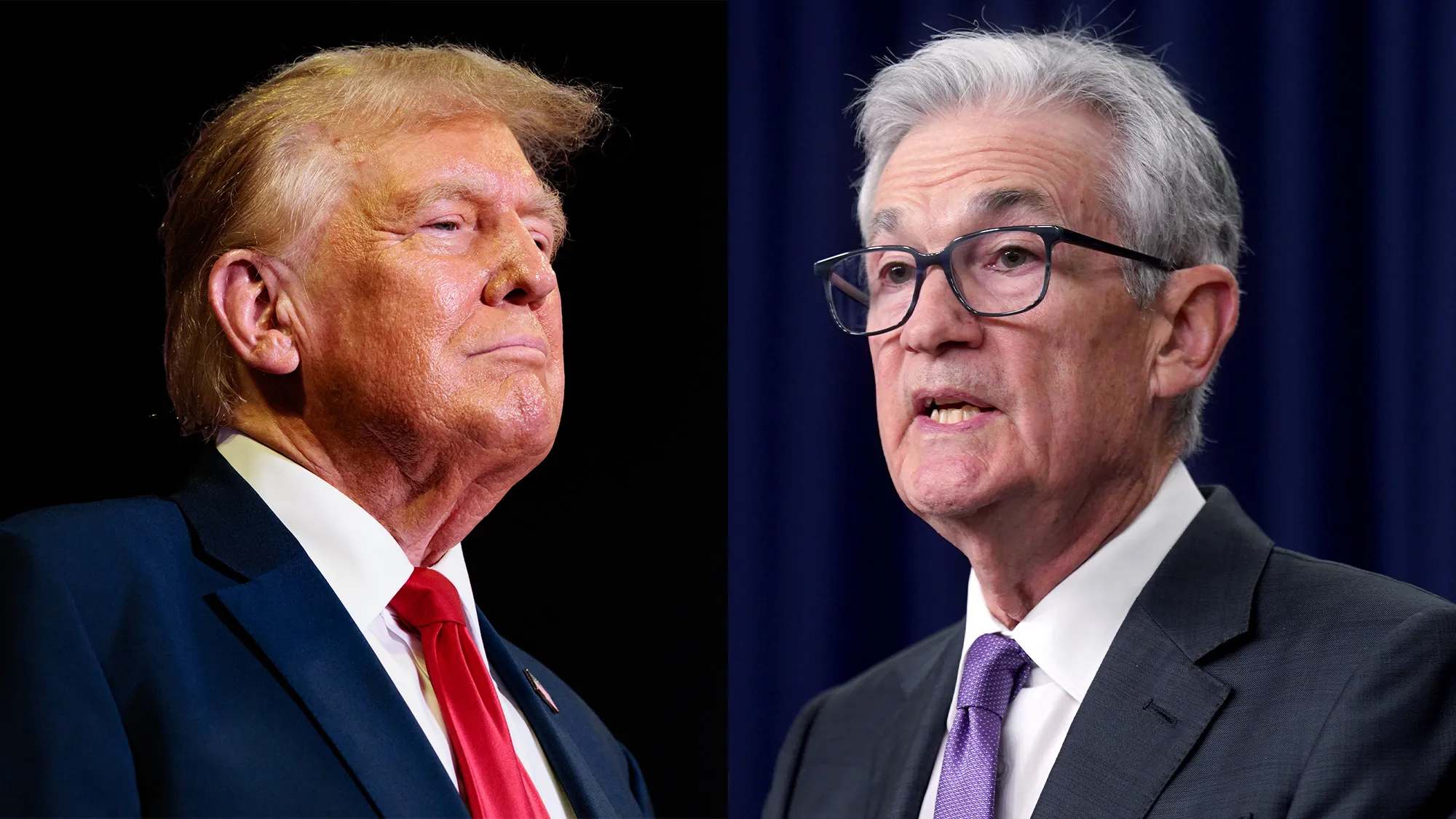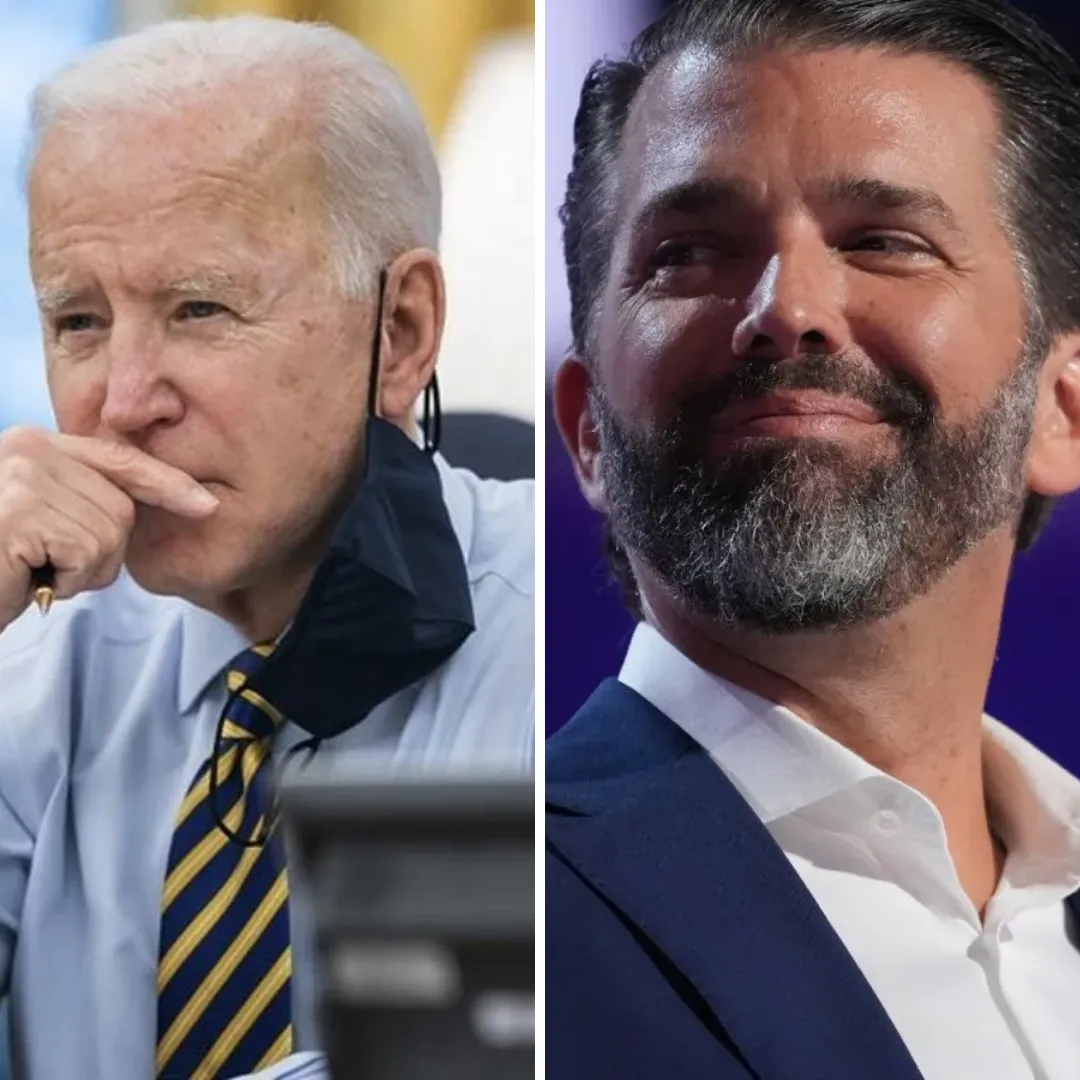
President Donald Trump launched a scathing attack on Federal Reserve Chairman Jerome Powell on Thursday, following the central bank's decision to keep interest rates steady. This decision came after a period of pressure from Trump, who had repeatedly urged the Federal Reserve to lower borrowing costs in response to economic uncertainties.
In a post on his Truth Social platform, Trump described Powell as a “FOOL” and criticized him for acting too slowly, claiming that Powell had “no clue” about the state of the economy. Despite his harsh words, Trump added sarcastically, “Other than that, I like him very much!” The president’s remarks underscored the ongoing tension between the White House and the Federal Reserve, particularly over the central bank’s approach to managing interest rates amid shifting economic conditions.
The disagreement stemmed from the Federal Reserve’s decision on Wednesday to keep interest rates in the range of 4.25% to 4.5%, marking the third consecutive meeting in which the Fed opted to maintain its current rate. This move followed similar pauses in March and January, signaling that the central bank was taking a wait-and-see approach to the economy after three rate cuts in the latter half of 2024. Powell, during a press conference after the announcement, explained that the Fed’s decision was based on the strength of the economy, particularly the labor market and inflation levels.
He stated that solid economic fundamentals allowed the central bank to be patient, adding that there was no immediate need to adjust rates as the economic landscape continued to evolve. Powell also highlighted the uncertainty surrounding tariff policies, particularly regarding ongoing trade issues with China, and how those policies might impact economic growth, employment, and inflation in the future.
Trump, however, was not pleased with Powell’s assessment. In his Truth Social post, the president dismissed the Fed’s stance as out of touch with reality, particularly regarding inflation. He argued that the country was experiencing “virtually NO INFLATION” and pointed to lower costs for oil, energy, and groceries as evidence of the economic progress that he believed had been driven by his administration’s policies.
Trump also touted the success of his tariff policies, claiming that tariff revenues were “pouring into the U.S.” and asserting that this was “the exact opposite” of what Powell had suggested. Trump’s words were a clear attempt to counter Powell’s more cautious outlook, framing the Fed’s decision as unnecessary and counterproductive in light of what he saw as a thriving economy under his leadership.
The public clash between Trump and Powell was not an isolated incident but the latest chapter in a long-standing tension between the president and the central bank. Throughout his presidency, Trump has consistently criticized Powell for raising interest rates, often framing the Fed’s actions as an obstacle to economic growth.
Trump has argued that lower interest rates would stimulate the economy, make borrowing cheaper, and boost consumer spending and business investment. He has also expressed frustration that Powell has not acted more decisively in line with his own economic vision, particularly as Trump has sought to leverage fiscal and trade policies to create a more favorable economic environment.
The president’s frustration with Powell reached a peak last month when, amid rising economic uncertainty and the ongoing trade war with China, Trump publicly expressed dissatisfaction with the Fed’s leadership. At the time, there were rumors that Trump might seek to remove Powell from his post, though the president later dismissed those rumors, clarifying that he had no intention of firing the Fed chairman.

However, the tension between the White House and the Federal Reserve has continued to simmer, with Trump’s rhetoric growing more pointed as the administration grapples with the economic fallout from its tariff policies and the broader implications of its trade war with China.
In recent days, Trump has acknowledged that U.S. consumers will likely feel the impact of his trade policies, particularly as tariffs increase the cost of goods. The president has urged consumers to “buy less” in response to rising costs, signaling a shift in his messaging as he adjusts to the realities of his economic policies.
Despite his acknowledgment of the economic pain that tariffs are causing, Trump remains steadfast in defending his approach, arguing that the long-term benefits of his trade policies will ultimately outweigh the short-term difficulties.
The president’s focus on tariffs as a central tool of his economic strategy reflects his broader vision of reshaping global trade relations in favor of the U.S., even if it means enduring temporary disruptions in the domestic economy.
Trump’s attacks on Powell have been consistent over the course of his presidency, but the timing of his most recent criticism is significant. With inflation concerns still looming and the stock market showing signs of volatility, Trump’s harsh words against the Fed chairman reflect his desire to shape the narrative around the economy and maintain control over the economic message heading into the 2024 election cycle.
The president’s stance on interest rates is part of a broader economic strategy that includes tax cuts, deregulation, and an aggressive trade policy. Trump’s economic philosophy has been rooted in a populist vision of economic nationalism, one that seeks to prioritize American businesses and workers over global economic integration.
Despite Trump’s claims of success, many economists and critics of his policies argue that the economic benefits of his administration have been uneven and that the long-term consequences of his trade and fiscal policies remain uncertain.
The Federal Reserve’s cautious approach to interest rates reflects concerns about the broader stability of the economy, particularly as the U.S. navigates the challenges posed by a global pandemic, rising inflation, and ongoing trade tensions with key international partners.
Powell’s decision to hold rates steady is seen by many as a prudent step, aimed at balancing the need to support economic growth while mitigating the risks of overheating the economy or creating an asset bubble.
Trump’s economic policies, particularly his approach to tariffs, have been a source of contention not only with the Federal Reserve but also with key allies and members of his own party. The ongoing trade war with China has created significant disruptions in global supply chains and raised concerns about the impact of tariffs on U.S. consumers.

While Trump has claimed that the tariffs will lead to a more favorable trade balance and strengthen American manufacturing, critics argue that the costs of the tariffs have been passed on to consumers in the form of higher prices on goods. These concerns have been compounded by reports of slowing economic growth and rising inflation, which have prompted some economists to question whether Trump’s economic strategy is sustainable in the long term.
The conflict between Trump and Powell is just one example of the broader challenges facing the president as he seeks to maintain control over the narrative on the economy. As the 2024 election draws nearer, Trump’s ability to navigate the complexities of the economy and respond to rising concerns about inflation and economic instability will be crucial in determining his political future.
While his base remains loyal, many Americans are growing frustrated with the economic uncertainty and the rising cost of living. The next few months will be critical in shaping the economic message that Trump takes into the 2024 election cycle and will determine whether his approach to managing the economy can continue to resonate with voters.



